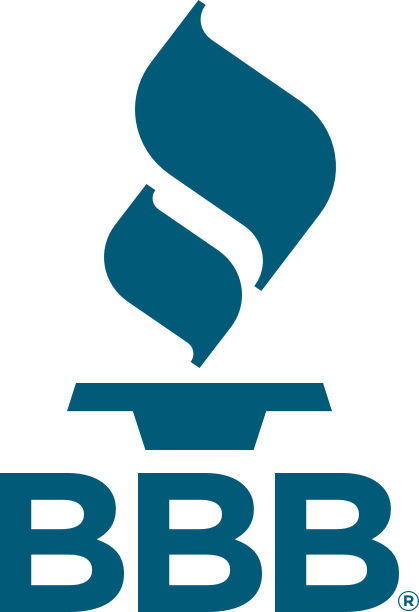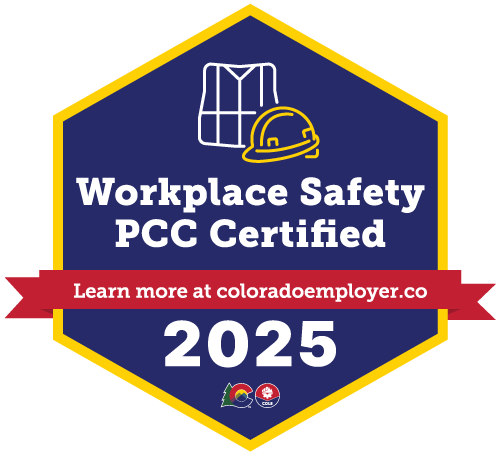This Maintenance Agreement is for (2) visits per year. The services listed are to be performed in the Spring & Fall. The price for this Maintenance Agreement per unit is $150.00, which includes filters. Any service calls outside the scope of this agreement are billable at our current labor rate of $95.00. Any additional parts or materials necessary including freon; must be approved by you, the customer.
- 10% Discount on parts needed!
- $95 trip/diagnostic fee is waived on service calls for the duration of this contract!
- All visits to perform maintenance are scheduled with you-No showing up unannounced!!
- Written quotes will be provided for any major work needed.
- Inspect gas valve for corrosion, leaks, restriction of gas flow, and abnormal noise: Ensures safe operation
- Inspect pilot safety/thermocouple/igniter: Ensures safe operation
- Visually inspect combustion chamber: Ensures proper fuel combustion, prevents carbon monoxide leakage, and improves performance
- Check for proper operation of high limit control: Extends equipment life and helps prevent overheating
- Lubricate blower motor and bearings (where applicable) and check for excessive and play: Reduces noise and extends equipment
- Check air filtration system: Improves performance and efficiency, and extends system life
- Check gas burners operations: Increases efficiency and provides fuel savings
- Clean pilot light and check for proper operation: Ensures quiet, efficient operation
- Check burner assembly for proper alignment and operation: Ensures lowest operating cost and reduces the production of carbon monoxide
- Check gas pressure to manifold: Ensures maximum heat capacity, extends furnace life, and improves safety and reliability
- Test fan control for proper operation: Ensures maximum comfort and heat exchanger life
- Measure temperature rise across heat exchanger: Ensures proper airflow and maximum heat exchanger life
- Check flue and venting for obstructions and carbon monoxide leaks: Ensures safe operation
- Service wiring assembly and tighten loose connection: Helps avoid breakdowns, improves safety, and extends system’s life
- Check thermostat heat anticipator (where applicable): Ensures proper thermostat operation and greater comfort
- Check for gas leaks and around connections: Improves safety by preventing gas leaks that could cause fire and explosions
- Inspect indoor cooling coil (for signs of leaks): Determines whether water is leaking on to furnace due to dirt and/or lint
- Check for proper operation of inducer motor (if applicable): Ensures safe, efficient operation
- Inspect blower wheel and wheel alignment: Ensures proper air movement, longer life and quiet operation
- Inspect supply and return air ducts for leaks in immediate vicinity of unit: Lowers operating cost, increases comfort
- Cycle furnace from the thermostat: Ensures proper operation
- Examine general condition of furnace cabinet and ductwork: Ensures safety and proper airflow
- Check refrigerant temperatures and pressures for proper level: Makes sure your system is operating at peak efficiency.
- Measure compressor amp draws: Ensures that you system is using the right amount of electricity
- Test high voltage at outdoors disconnect box: Make sure the input voltage is adequate.
- Inspect and tighten high-voltage connections: Helps prevent failure of circuit protectors.
- Level and calibrate thermostat: Ensures accurate and optimal performance.
- Inspect refrigerant fittings for leaks: To be sure you are not leaking expensive refrigerant
- Lubricate indoor and outdoor motors (Belt Drive Motor Only): Motor runs cooler and smoother, and lasts longer
- Check wiring at furnace for loose connections: Protect electronic components from excess heat
- Tighten blower bolts and inspect fan: Makes sure your system is blowing as much cold air as possible
- Inspect and clean or replace air filters (Standard size only): Improves performance and keeps the air you breath clean
- Inspect and adjust blower belt if applicable (can fail or wear faster): Helps the belt last longer and perform more efficiently
- Inspect condensate drain to ensure the drain is clear: Prevent leaks and overflows that can cause water damage
- Test temperature split between supplies and return ducts: Ensures that everything is operating efficiently
- Check clearance around condenser to protect it from plants and shrubs: Enhances air flow around outdoor unit for peak efficiency
- Inspect condenser coil: Keeps the coil cooler for better performance and a longer life
- Scrub condenser surfaces: Prevents corrosion that can shorten condenser life
- Tighten screws on condenser and check level: Eliminates vibrations and lowers noise level
- Check compressor noise level: Helps identify and correct problems
- Inspect breaker for condensing unit: Bad breakers cause excessive heat and early system failure
- Tighten refrigerant access fittings: Ensures that expensive refrigerant is not leaking
- Visually inspect inside ducting for dirt and mold: So you can keep it out of your air supply
- Inspect ducting and connections for air loss: This is a common cause of inefficient systems





